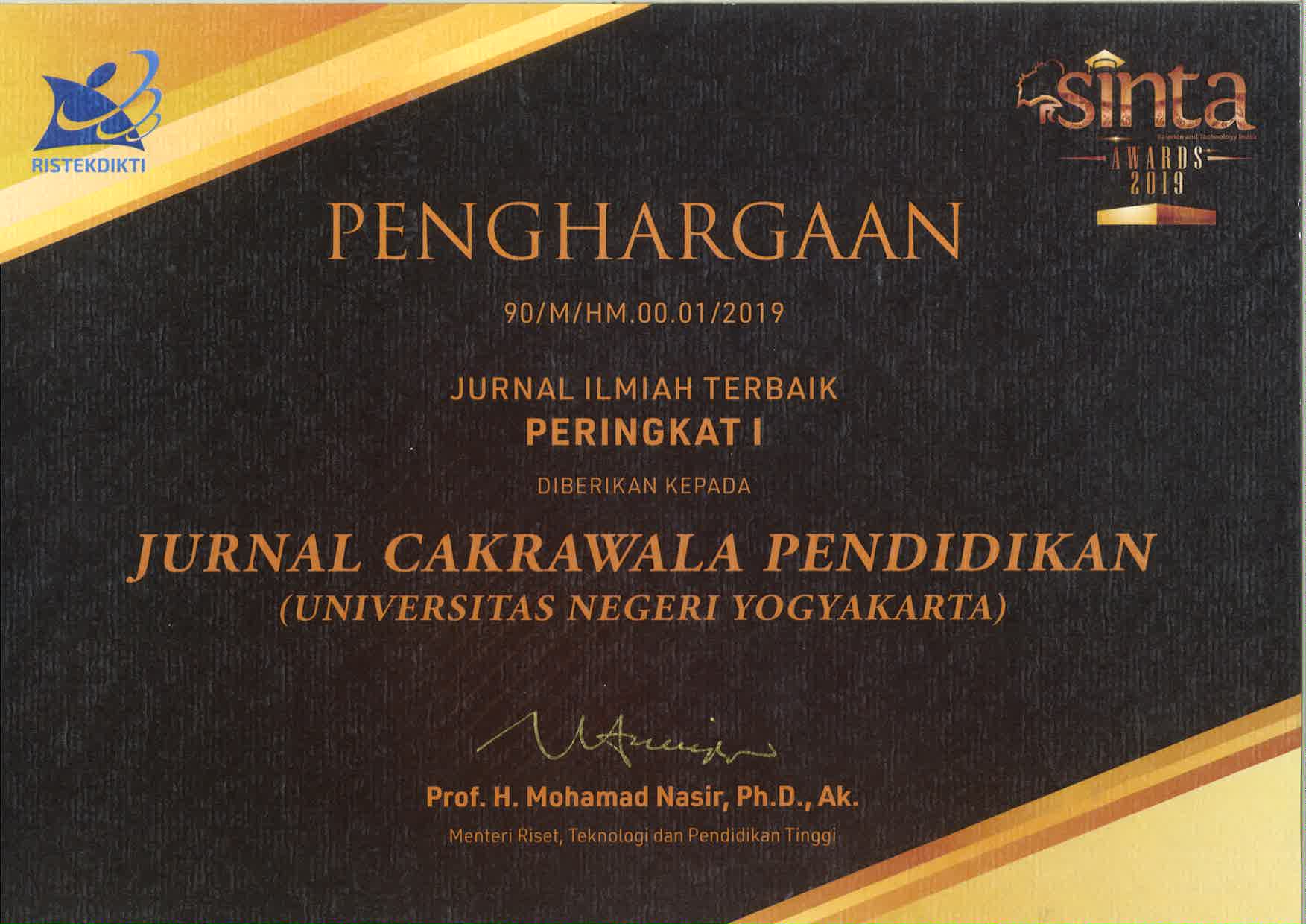Early childhood cognitive stimulation from working and non-working mothers
Downloads
Downloads
Baker-Henningham, H., & Boo, F. L. (2010). Early Childhood Stimulation Interventions in Developing Countries: A Comprehensive Literature Review. Inter-American Development Bank and IZA, 71.
Barreto, F. B., Sánchez de Miguel, M., Ibarluzea, J., Andiarena, A., & Arranz, E. (2017). Family context and cognitive development in early childhood: A longitudinal study. Intelligence, 65, 11–22. https://doi.org/10.1016/j.intell.2017.09.006
Black, M. M., Walker, S. P., Fernald, L. C. H., Andersen, C. T., DiGirolamo, A. M., Lu, C., McCoy, D. C., Fink, G., Shawar, Y. R., Shiffman, J., Devercelli, A. E., Wodon, Q. T., Vargas-Barón, E., & Grantham-McGregor, S. (2017). Early childhood development coming of age: Science through the life course. The Lancet; London, 389(10064), 77–90. http://dx.doi.org/10.1016/S0140-6736(16)31389-7
Brooks, J. B. (2011). The Process of Parenting. Rahmat Fajar Translation. Pustaka Pelajar.
Caí§ola, P. M., Gabbard, C., Montebelo, M. I., & Santos, D. C. (2015). Further development and validation of the affordances in the home environment for motor development–infant scale (AHEMD-IS). Physical Therapy, 95(6), 901–923.
Chen, W., Tanaka, E., Watanabe, K., Tomisaki, E., Watanabe, T., Wu, B., & Anme, T. (2016). The influence of the home-rearing environment on children's behavioral problems 3 years' later. Psychiatry Research, 244, 185–193. https://doi.org/10.1016/j.psychres.2016.07.043
Dauch, C., Imwalle, M., Ocasio, B., & Metz, A. E. (2018). The influence of the number of toys in the environment on toddlers' play. Infant Behavior and Development, 50, 78–87. https://doi.org/10.1016/j.infbeh.2017.11.005
Grantham-McGregor, S., Cheung, Y. B., Cueto, S., Glewwe, P., Richter, L., & Strupp, B. (2007). Developmental potential in the first 5 years for children in developing countries. The Lancet, 369(9555), 60–70. https://doi.org/10.1016/S0140-6736(07)60032-4
Iltus, S. (2007). Significance of home environments as proxy indicators for early childhood care and education. Paper Commissioned for the EFA Global Monitoring Report.
Iswarati. (2010). Pengetahuan Keluarga dalam Pengasuhan dan Tumbuh Kembang Anak. Gizi Indonesia Journal of The Indonesian Nutrition Association, 33(1), 67–73.
Jeon, H.-J., Peterson, C. A., & DeCoster, J. (2013). Parent–child interaction, task-oriented regulation, and cognitive development in toddlers facing developmental risks. Journal of Applied Developmental Psychology, 34(6), 257–267. https://doi.org/10.1016/j.appdev.2013.08.002
Khadijah. (2016). Early Childhood Cognitive Development. Perdana Publishing.
KwaÅ›niewska, J. M., Gralewski, J., Witkowska, E. M., Kostrzewska, M., & Lebuda, I. (2018). Mothers' personality traits and the climate for creativity they build with their children. Thinking Skills and Creativity, 27, 13–24. https://doi.org/10.1016/j.tsc.2017.11.002
Lestari, S. (2014). Family Psychology; Value Planting and Handling Family Conflict (Three Ed). Kencana Prenamedia Group.
Ministry of Education. (2007). Learning Guidelines for Cognitive Development Field. Ministry of Education.
Pereira, K. R. G., Saccani, R., Valentini, N. C., Pereira, K. R. G., Saccani, R., & Valentini, N. C. (2016). Cognition and environment are predictors of infants' motor development over time. Fisioterapia e Pesquisa, 23(1), 59–67. https://doi.org/10.1590/1809-2950/14685223012016
Putri, V. D. (2012). Childhood Practices in Family Farmers Participant of Family Planners "Melati" 3 in Nguken Village Support District Bojonegoro. Indonesian Journal of Early Childhood Education Studies, 1(2). https://doi.org/10.15294/ijeces.v1i2.9211
Ronfani, L., Vecchi Brumatti, L., Mariuz, M., Tognin, V., Bin, M., Ferluga, V., Knowles, A., Montico, M., & Barbone, F. (2015). The Complex Interaction between Home Environment, Socioeconomic Status, Maternal IQ and Early Child Neurocognitive Development: A Multivariate Analysis of Data Collected in a Newborn Cohort Study. PLoS ONE, 10(5). https://doi.org/10.1371/journal.pone.0127052
Suardi, Patta, B., Anshari, & Sulaiman, S. (2019). The Development of a Home Cognitive Stimulation Package for 2–3-Year-Old Children. The New Educational Review, 55(1), 208–219. https://doi.org/10.15804/tner.2019.55.1.17
Suardi, S. (2017). Development of Potential Local-Based Edukative Book; A Child Stimulation Guide at Home. International Conference on Education, Science, Art and Technology, 1(1), 194–199.
Syamsuddin, & Muhiddin. (2011). Language Educational Research Methodology. PT. Remaja Rosdakarya.
Wang, P.-J., Hwang, A.-W., Liao, H.-F., Chen, P.-C., & Hsieh, W.-S. (2011). The stability of mastery motivation and its relationship with home environment in infants and toddlers. Infant Behavior and Development, 34(3), 434–442. https://doi.org/10.1016/j.infbeh.2011.04.005
World Bank. (2013). Early childhood education and development in poor villages of Indonesia: Strong Foundation, Later Success. World Bank.
Jurnal Cakrawala Pendidikan, Jurnal Ilmiah Pendidikan, with ISSN: 0216-1370, is published by the Institute of Education Development and Quality Assurance (LPPMP UNY). Cakrawala Pendidikan has been recently has been re-accredited by Indonesian Ministry of Education and Culture decision Number 230/E/KPT/2022 which is valid for five years since enacted on 30 December 2022.




























